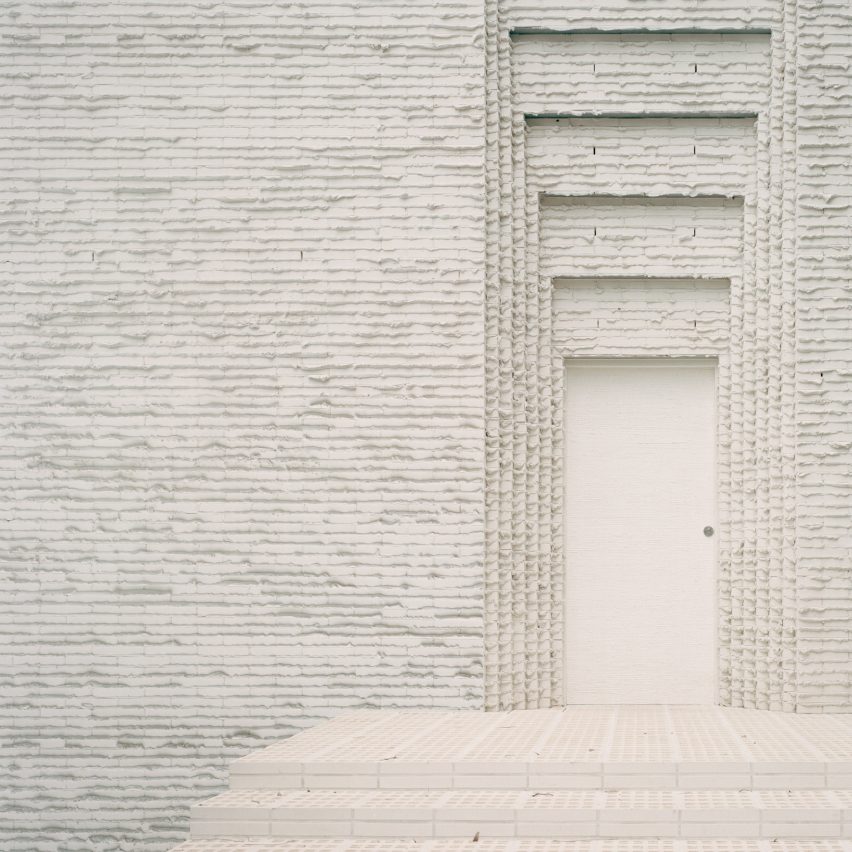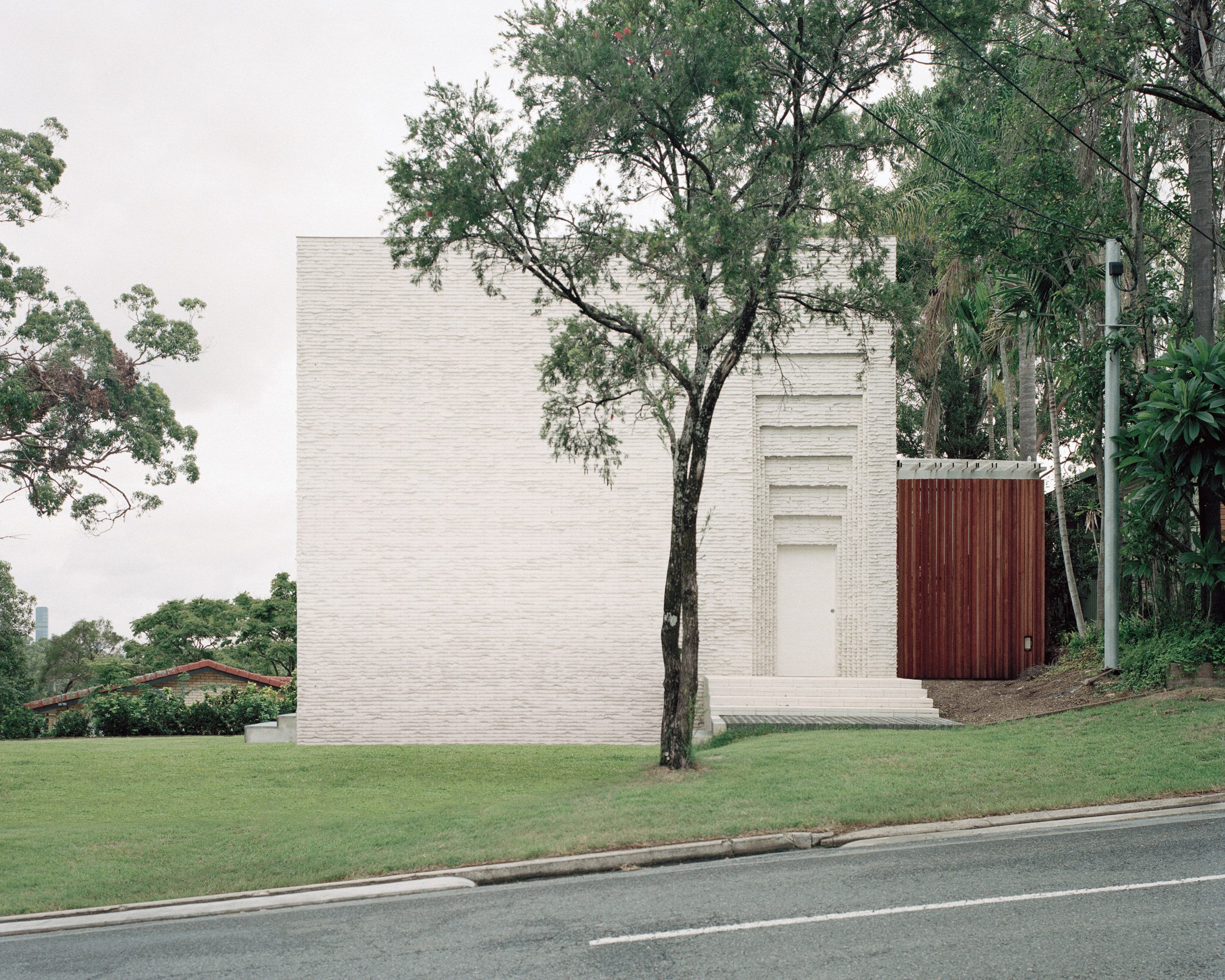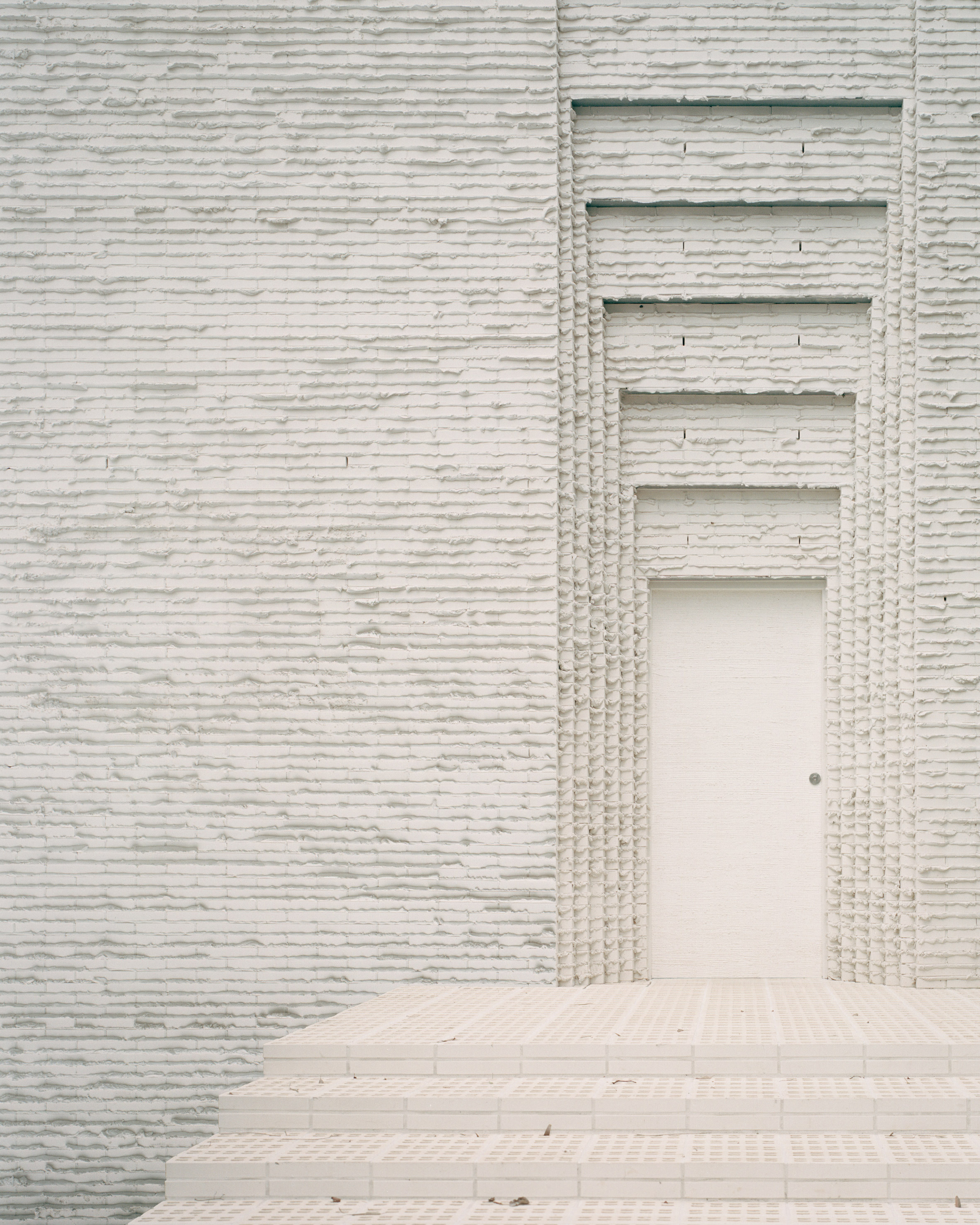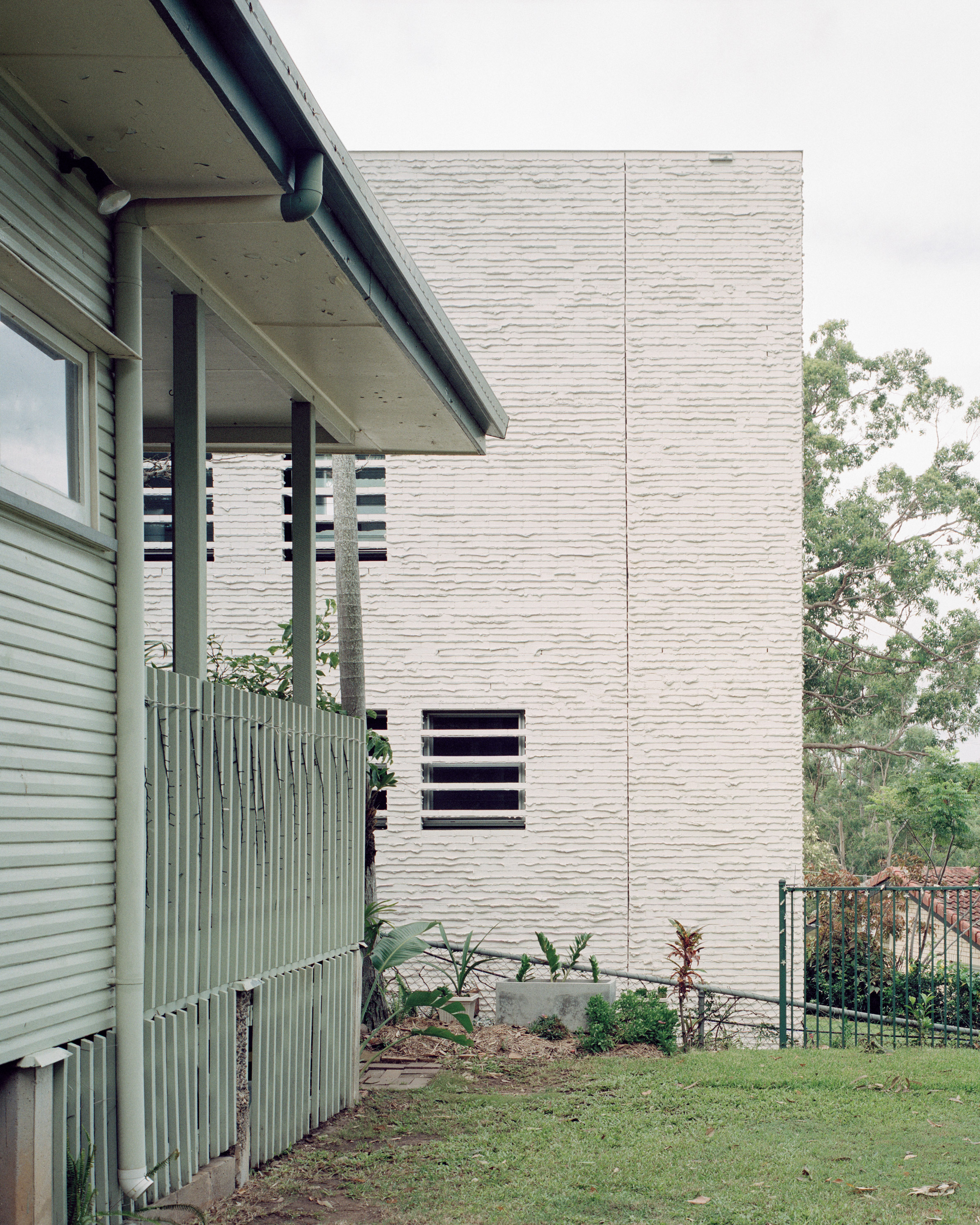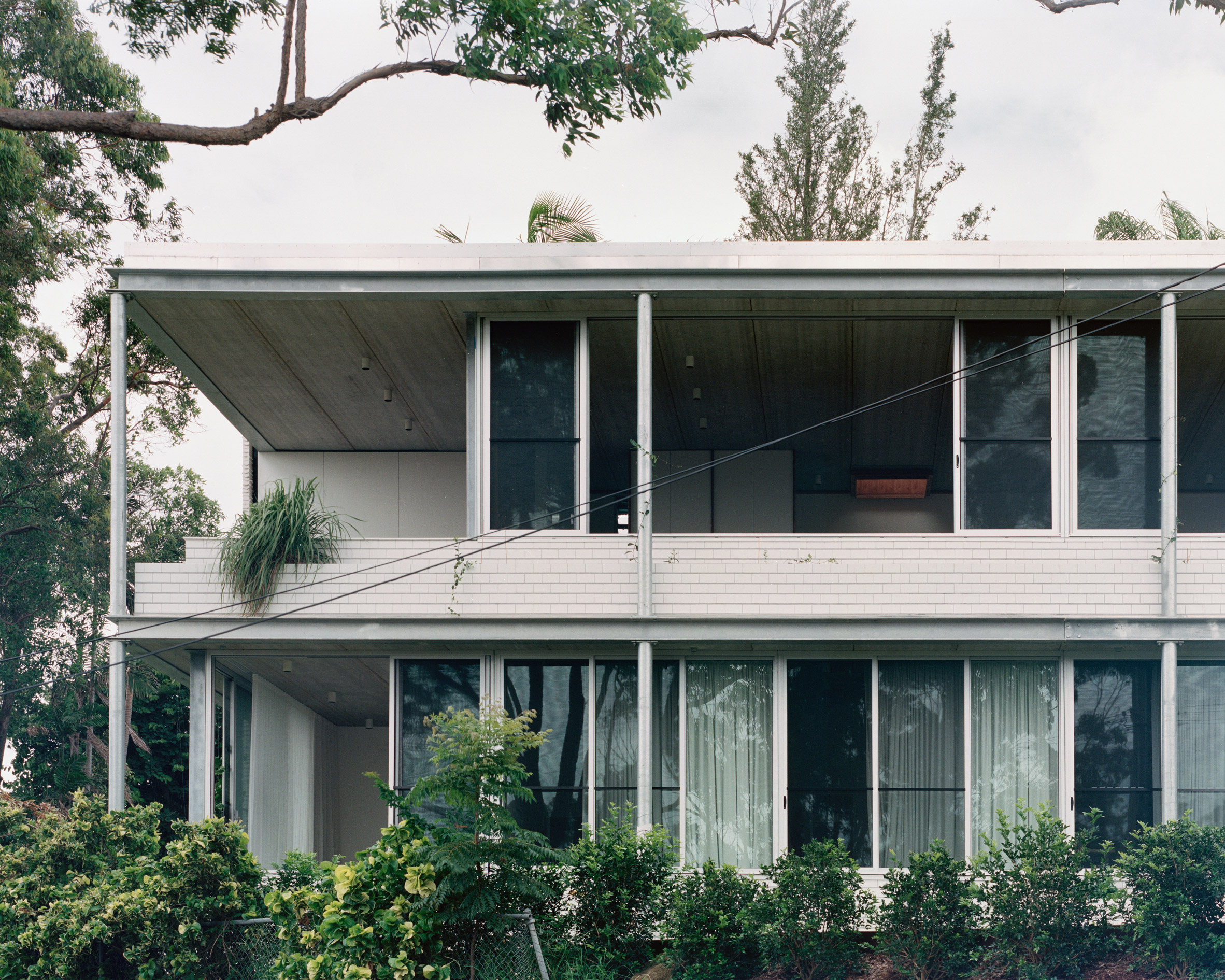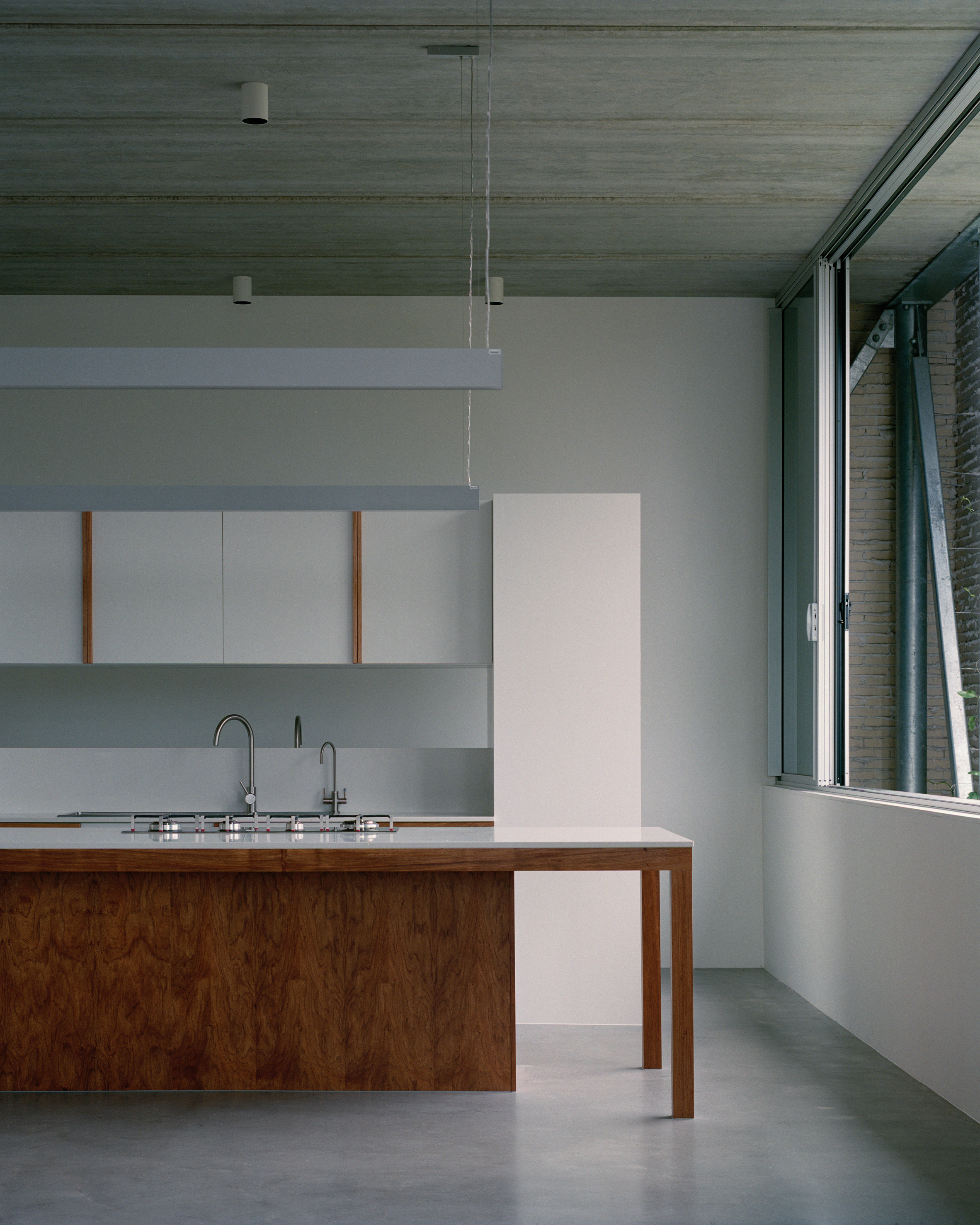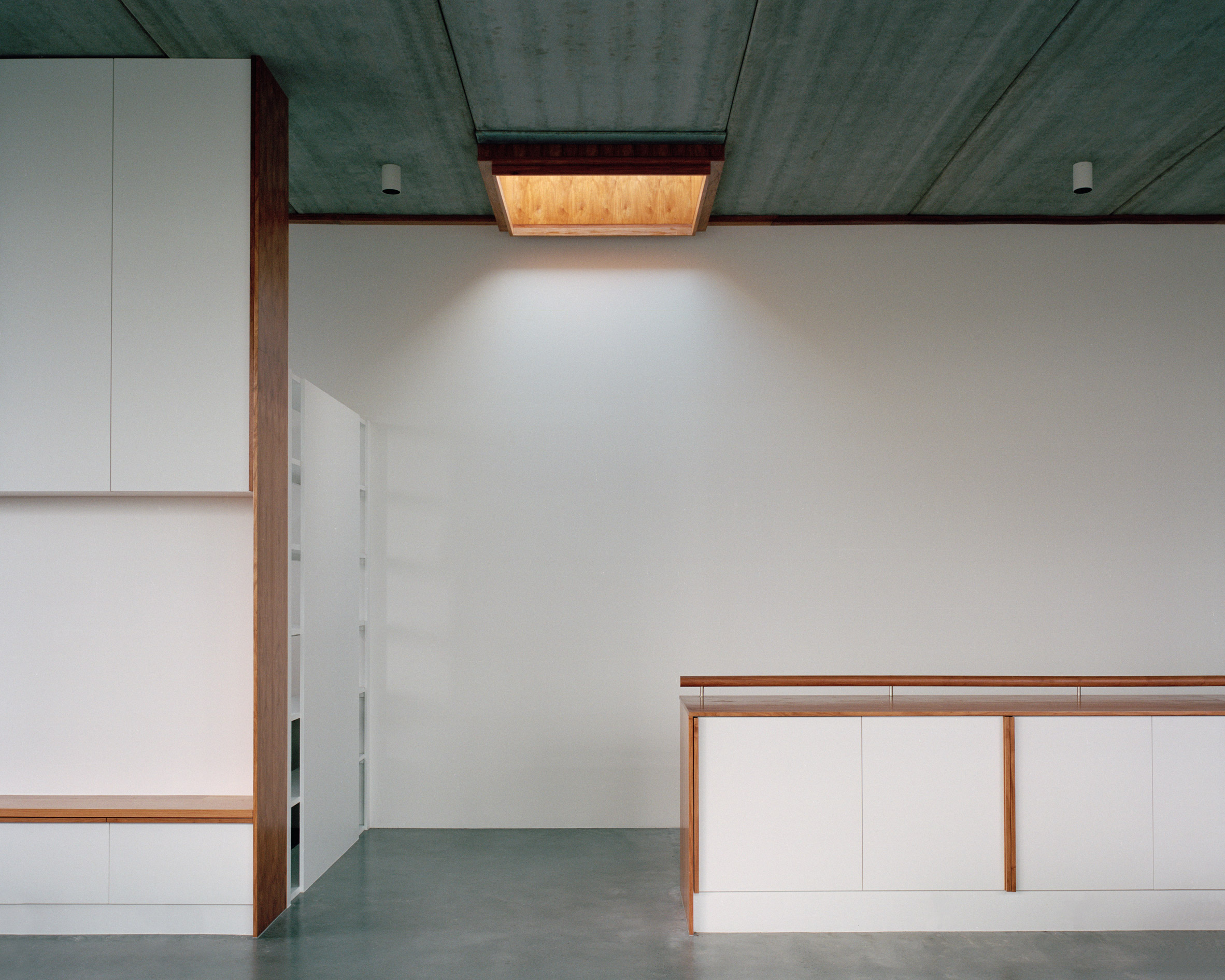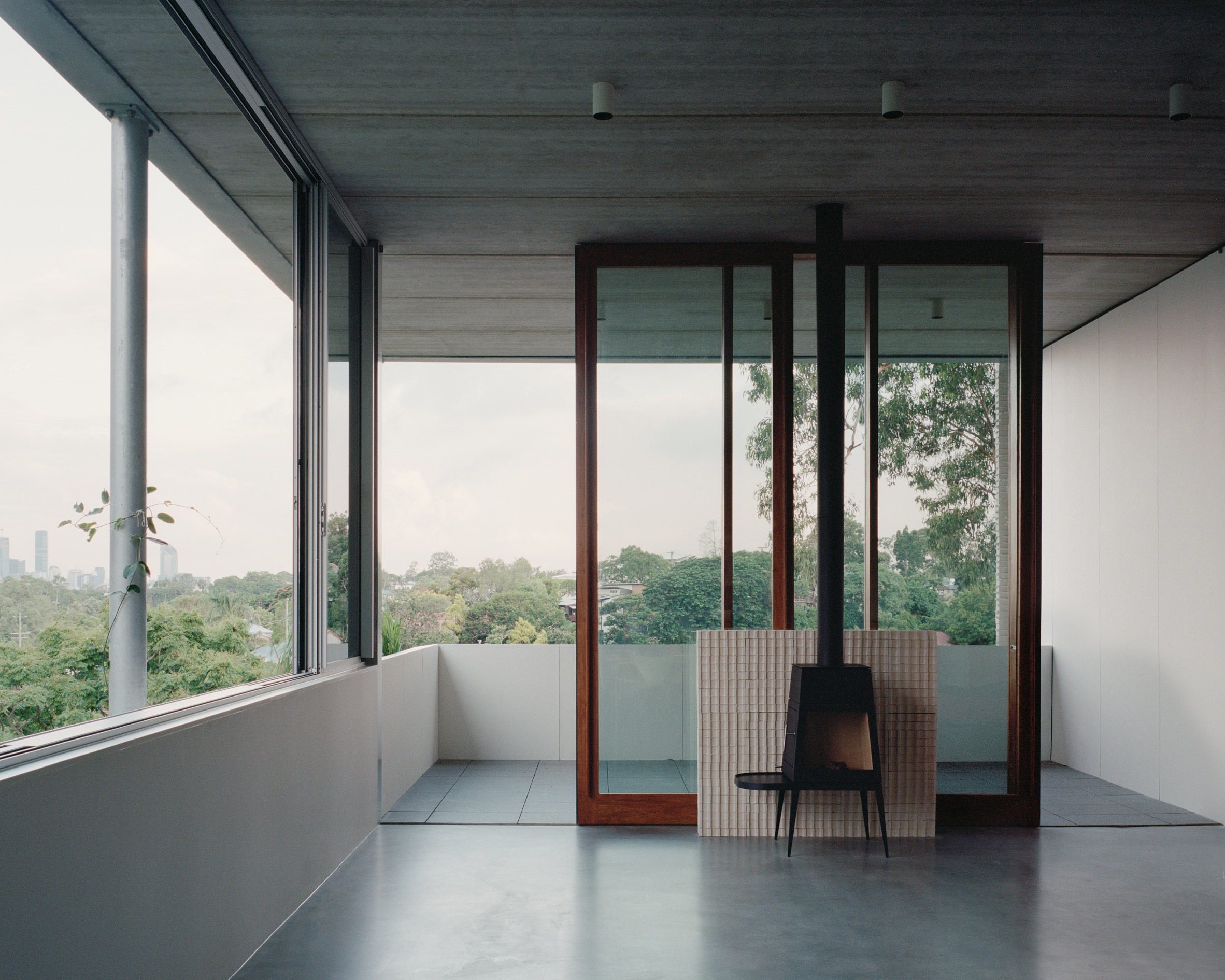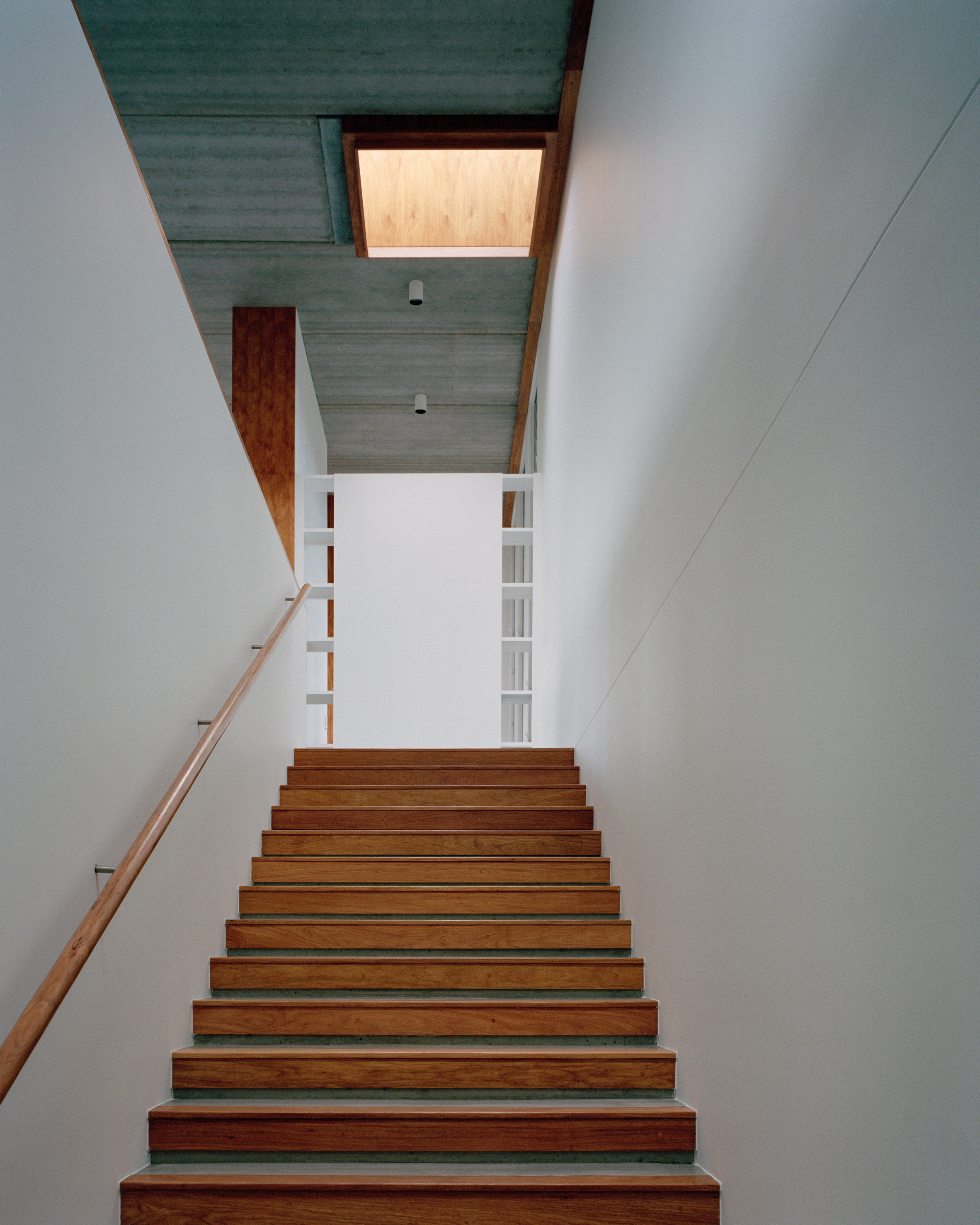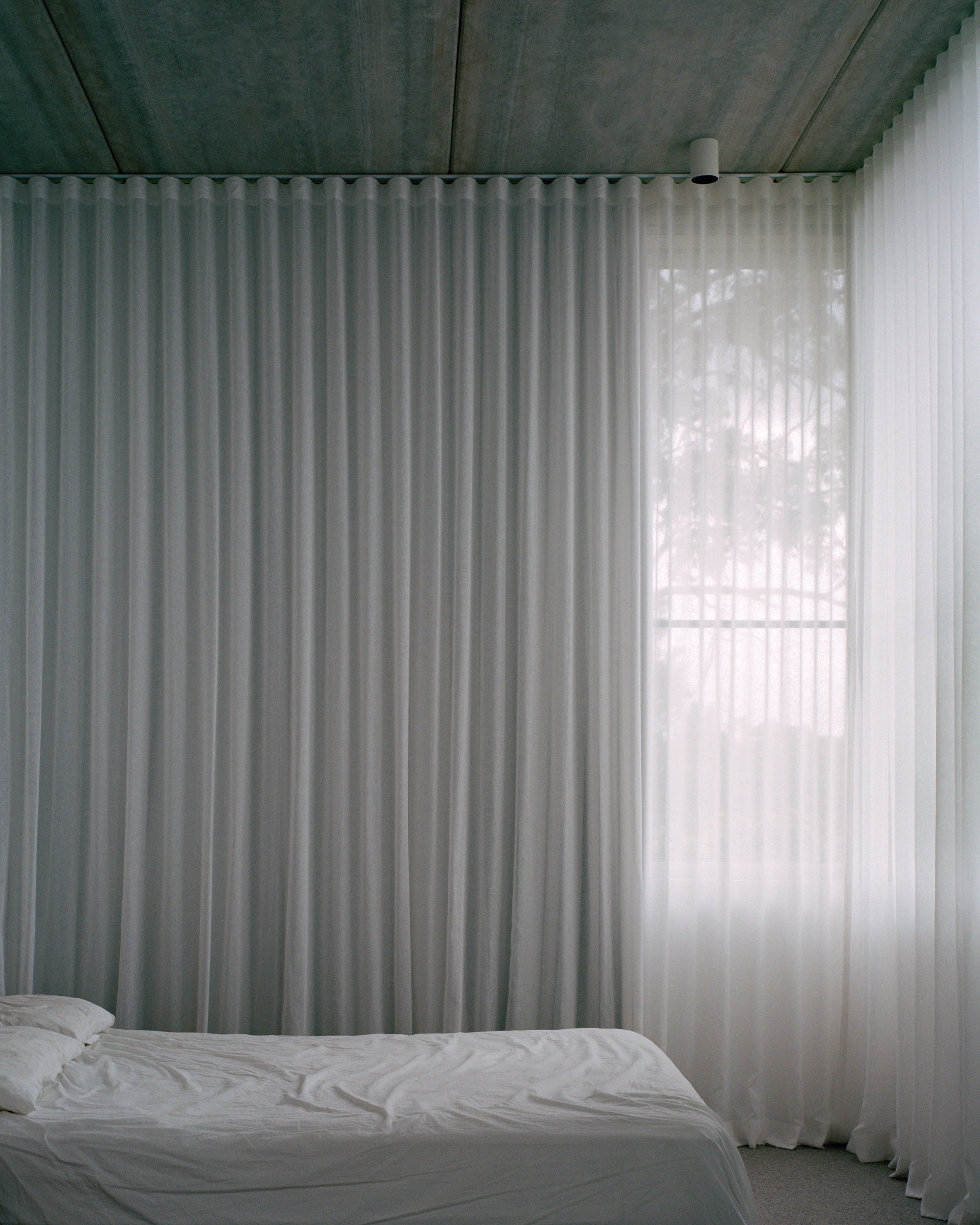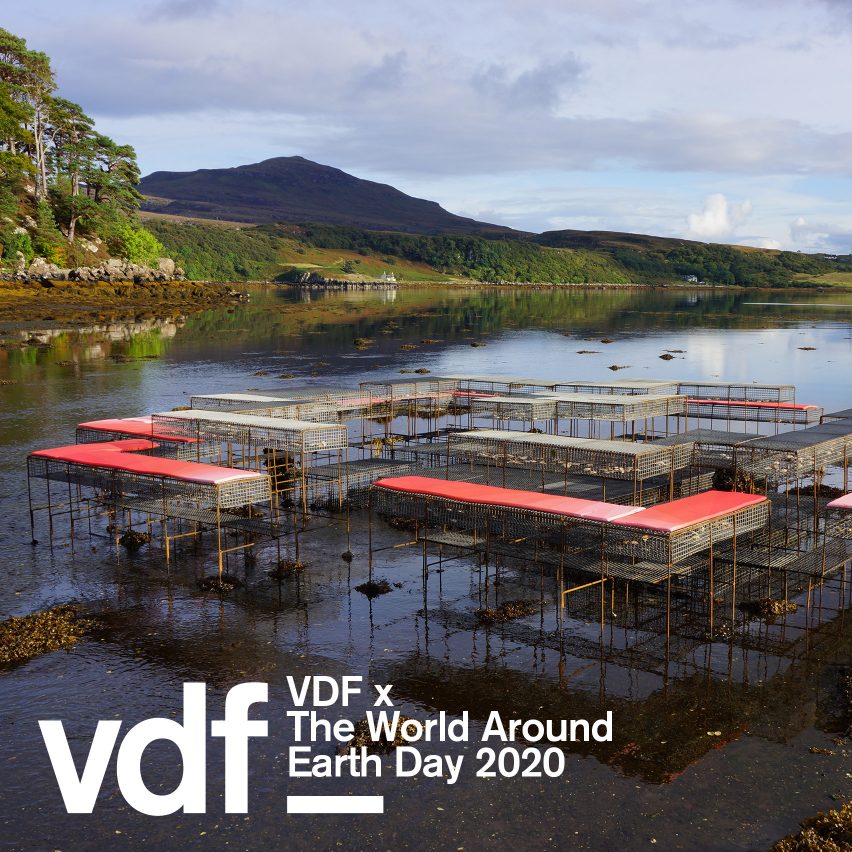
Today is Earth Day! To mark the occasion, VDF has collaborated with The World Around to host a series of talks, interviews, short films and essays exploring ideas that could "shape the future of our relationship with the planet".
Today's programme features designers Nelly Ben Hayoun and Thomas Thwaites and architects Kunlé Adeyemi, Cameron Sinclair and London studio Cooking Sections, whose Climavore installation is pictured above, plus curator Aric Chen and more. See the schedule below for timings.
Curated by Beatrice Galilee of The World Around in partnership with Facebook's Artist in Residence programme, the Earth Day 2020 symposium will feature over twenty leading figures working on environmental issues around the world.
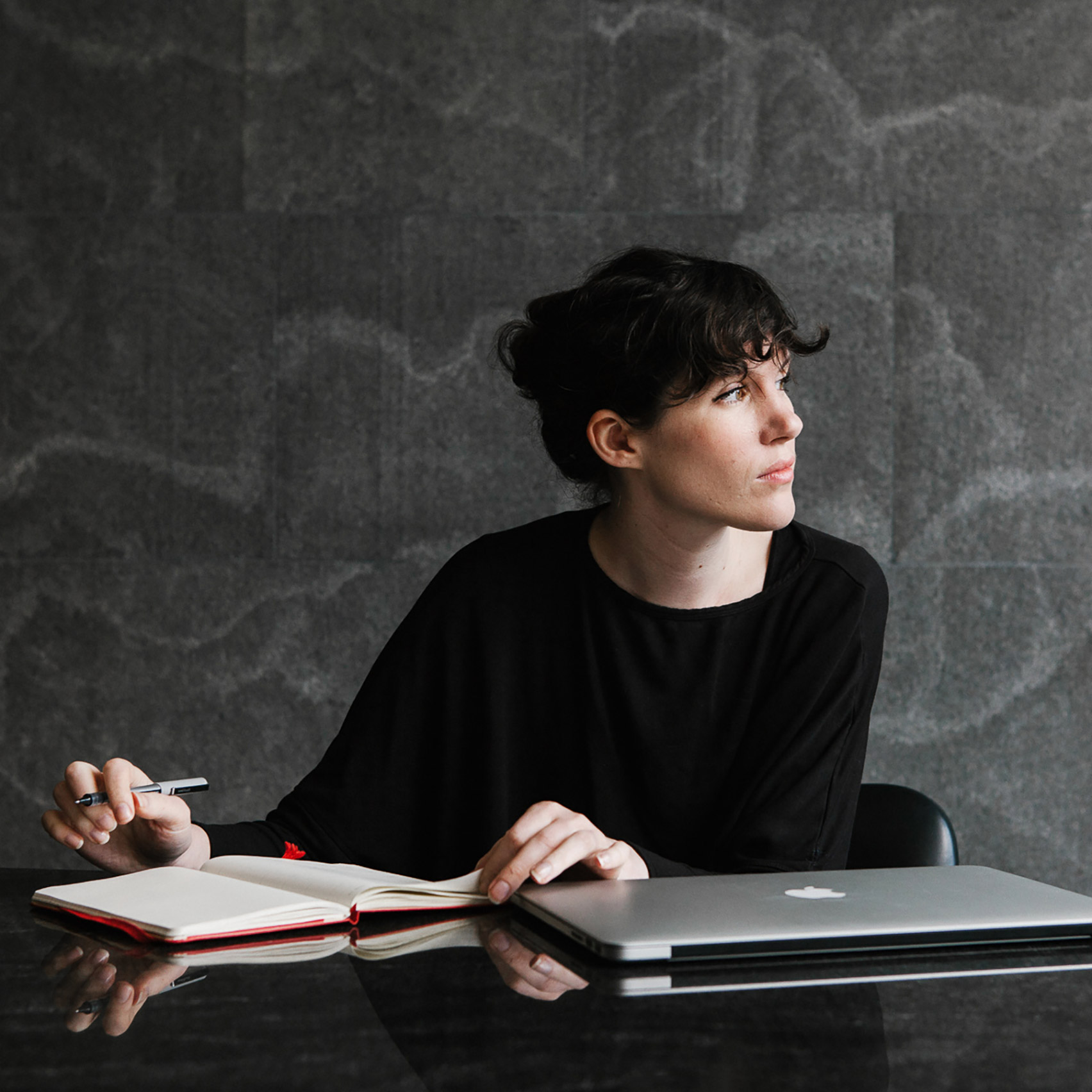
It takes place on the 50th anniversary of the first Earth Day on 22 April 1970, which saw 20 million people in the USA demonstrate against the damage human activity causes the natural environment.
Event will include interviews, short films, essays, manifestos and reflections
The online programme replaces a physical conference that Galilee was planning, which had to be cancelled due to the coronavirus pandemic.
"The convening will give a platform to the work and ideas that could shape the future of our relationship with the planet," said Galilee.
"[It will explore] ways to ethically reconnect with our food, designing, building and living with human and non-human animals, radical new forms of pedagogy, biodegradable accessories and an insight into the extreme new visual landscapes the coronavirus has generated."
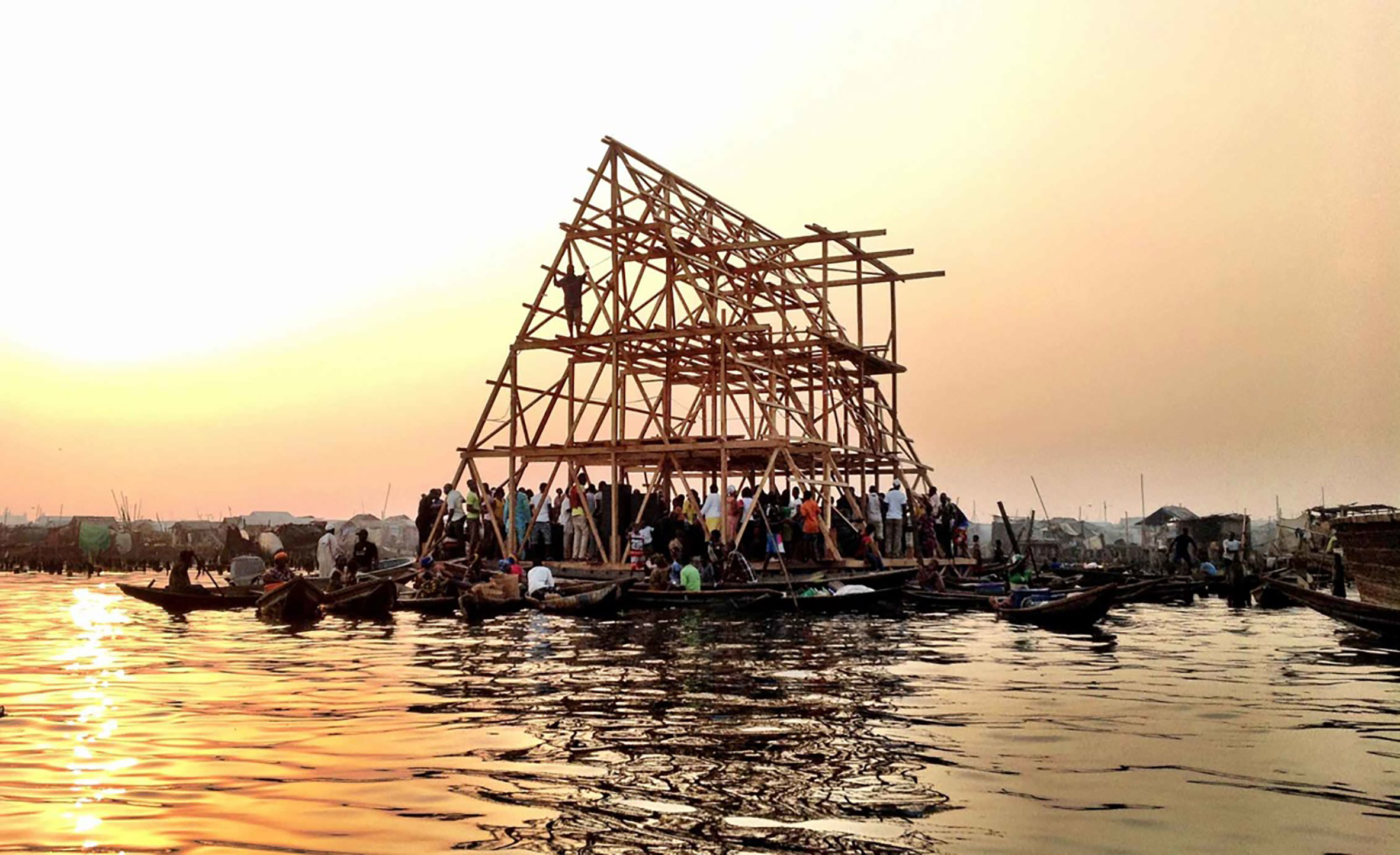
"The event will include interviews, short films, essays, manifestos and reflections that together create a diverse and complex voice of a generation of pluralistic practitioners designing, thinking and making with the earth and its multiverse of inhabitants in mind," she added.
The Earth Day 2020 symposium is the second event organised by The World Around, a platform for architecture and design discussions founded last year by Galilee, Diego Marroquin and Alexandra Hodkowski.
Dezeen live streamed the first The World Around event in New York in January this year.
Architect Kunlé Adeyemi and Facebook's Margaret Stewart to give talks
Starting at 1:00pm UK time with a live conversation between Galilee and Dezeen's editor-in-chief Marcus Fairs, the Earth Day 2020 symposium is structured around three themes – Rethink, Reimagine and Recreate.
Each part of the event will be broadcast in a separate post on a dedicated page as part of Virtual Design Festival.
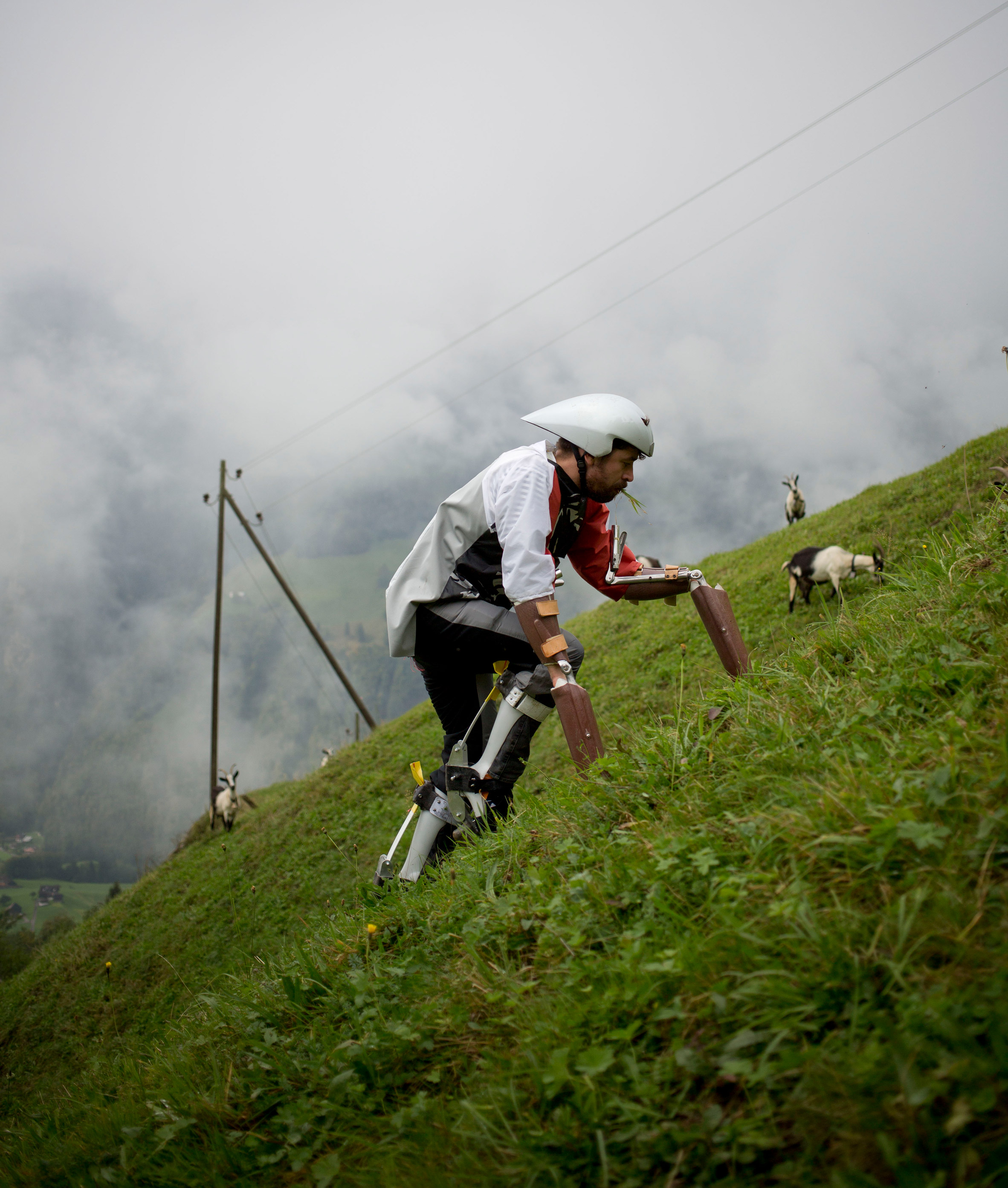
The first part of the symposium, from 2:00pm, will include a talk by Nigerian architect Kunlé Adeyemi, alongside a series of discussions.
Writer and curator Maite Borjbad will speak to London research studio Cooking Sections, curator Sepake Angiama will talk with French experience designer Nelly Ben Hayoun, and Pratt University dean of architecture Harriet Harris will have a conversation with philosopher Timothy Morton.
From 4:00pm, the second part of the programme will include short films by Kalyanee Mam and Apichatpong Weerasethakul, as well as two more discussions: curator Aric Chen will speak to designer Thomas Thwaites, while curator Mariana Pestana will be in conversation with architecture firm Studio Ossidiana.
The third part of the event, which will be broadcast from 6:00pm, will feature talks by Facebook's vice president of product design Margaret Stewart, architect Cameron Sinclair, visual artist Amanda Williams, and landscape artist Walter Hood, as well as a conversation between curator Karen van Godtsenhoven and designer Mats Rombaut.

These talks will be followed by an interview with collaborative architecture practice Design Earth conducted by curator and writer Carson Chan, and an exclusive screening of a new short film called The Transscalar Architecture of Covid-19 by Andrés Jaque and Ivan Munuera.
Here's today's schedule:
VDF x The World Around Earth Day 2020 symposium schedule
1:00pm Live interview with The World Around curator Beatrice Galilee
2:00pm Live broadcast of part one of the symposium, titled Rethink
- Cooking Sections in conversation with Maite Borjabad
- Nelly Ben Hayoun in conversation with Sepake Angiama
- Kunlé Adeyemi in conversation with Beatrice Galilee
- Harriet Harriss in conversation with Timothy Morton
4:00pm Live broadcast of part two of the symposium, titled Reimagine
- Malika Leiper in conversation with Kalyanee Mam, plus film screening
- Aric Chen in conversation with Thomas Thwaites
- Mariana Pestana in conversation with Studio Ossidiana
- Apichatpong Weerasethakul in conversation with Andrea Lissoni, plus film screening
6:00pm Live broadcast of part three of the symposium, titled Recreate
- Cameron Sinclair talk
- Amanda Williams talk
- Karen van Godtsenhoven in conversation with Mats Rombaut
- Margaret Stewart talk
- Walter Hood talk
8:00pm Design Earth interview by Carson Chan
9:00pm Premiere of The Transscalar Architecture of COVID-19 short film by Andrés Jaque and Ivan Munuera
All times are UK time.
The full schedule and biographies of all the speakers are available on The World Around's website.
The post Kunlé Adeyemi, Nelly Ben Hayoun and Cameron Sinclair feature in VDF's collaboration with The World Around for Earth Day appeared first on Dezeen.
from Dezeen https://ift.tt/2yza3qV



